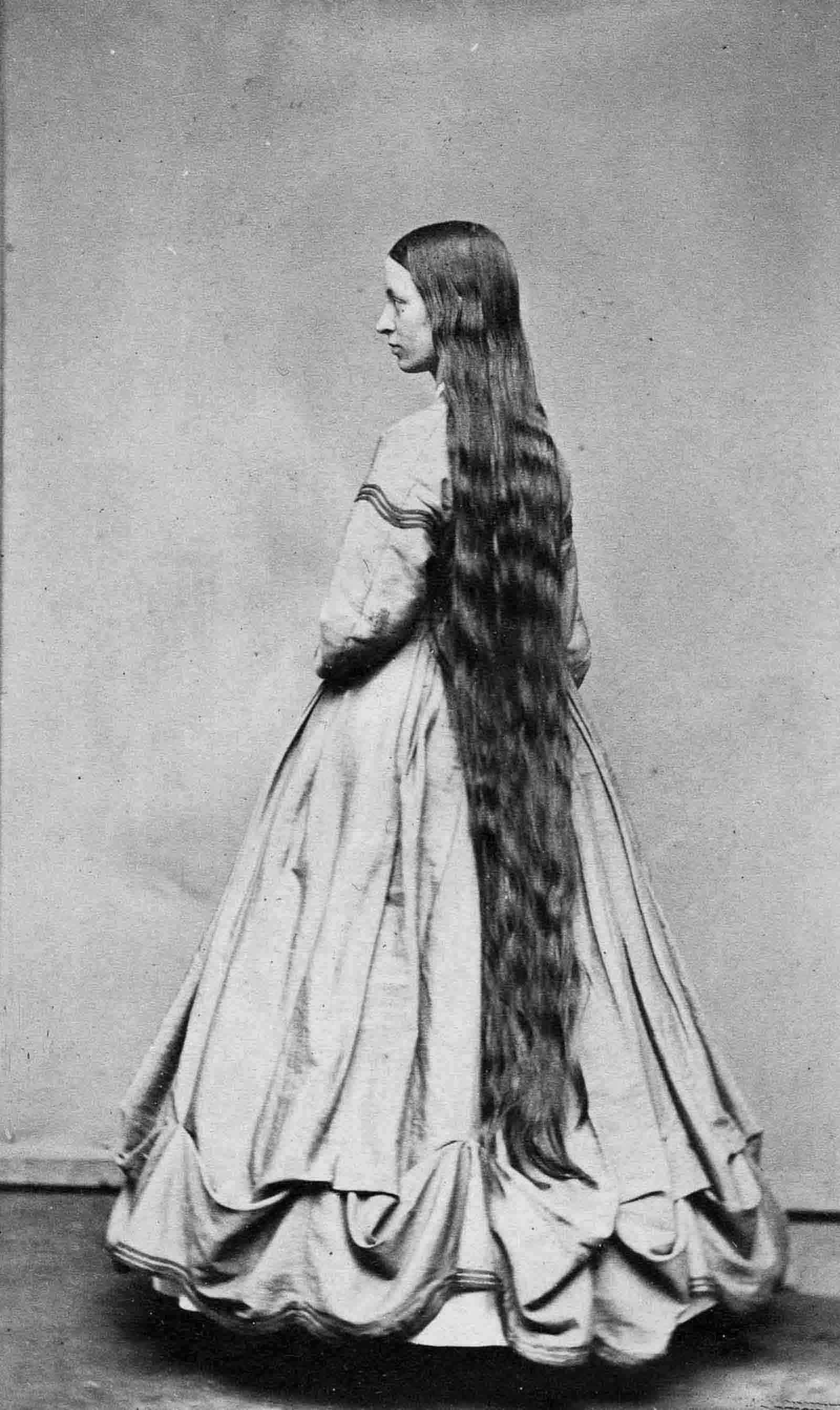
In the Victorian era, the woman’s hair was considered an important part of her appearance and it marked her status and her femininity. Women in that era were often expected to grow their hair to great lengths, and it was common knowledge that a woman’s crowning glory was her hair.
Growing long hair was done in part so that elaborate updos could be treated using the voluminous hair that grew – as opposed to using rats, pads, or the Victorian versions of hair extensions.
Many women, even if they had extremely long hair, would use rats made from their own hair when a hairstyle called for lots of volume.
“Letting her hair down” is an idiom today for getting relaxed, as opposed to being “up tight.” In Victorian times it wasn’t just an idiom, it was an act that only occurred in the bedroom when a woman took the hairpins out and brushed her long hair.
Only her husband (or her maid) could see her that way, though the romantic notion of flowing tresses implying femininity was depicted in paintings and advertising—beautiful women with impossibly abundant hair.
Loose hair wasn’t something that “respectable” women would wear in public and was mostly a style used for the sake of art. Girls often wore their hair down, but were expected to begin wearing it up around the age of 15 or 16.
More often than not the women with long, cascading hair were models and actresses intended to depict intimacy and romanticism. To a Victorian observer, photographs of women with long, loose hair would be particularly titillating.

Among the fashionable middle and upper classes of Victorian society, a lady’s hair became the focal point of sexual interest, the primary expression of her femininity.
For the poorer classes, maintaining long tresses amid the disease and poor hygiene of the time was highly impractical. Many women resorted to selling their hair for cash.
One of the most important aspects of Victorian hair was neatness. Regardless of the style, hair had to be kept clean and shiny.

The focus behind the hairstyles during this period was on the overall silhouette of the human body. In the Victorian era, hair was meant to be styled in a way that made the body appear balanced.
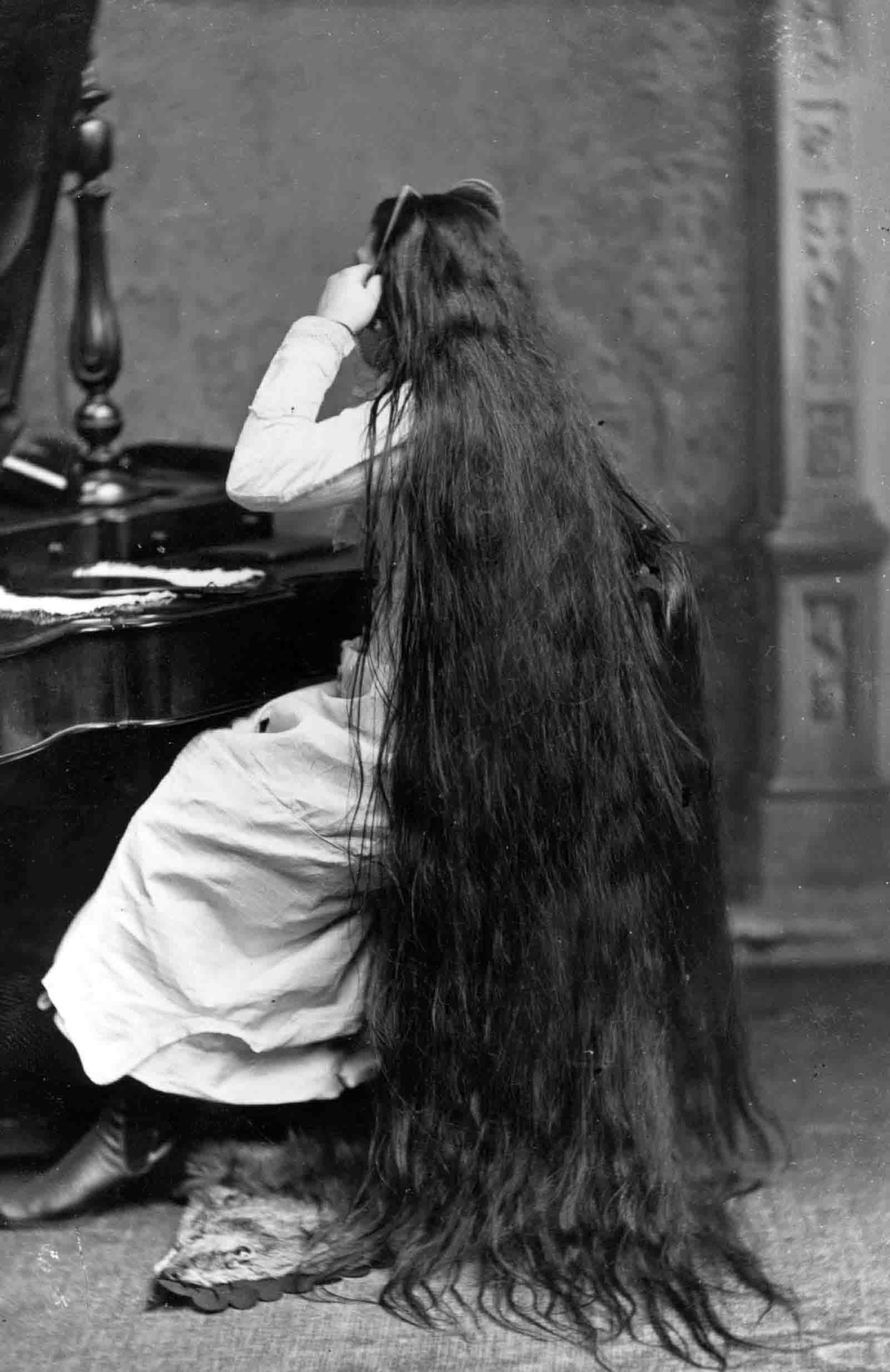

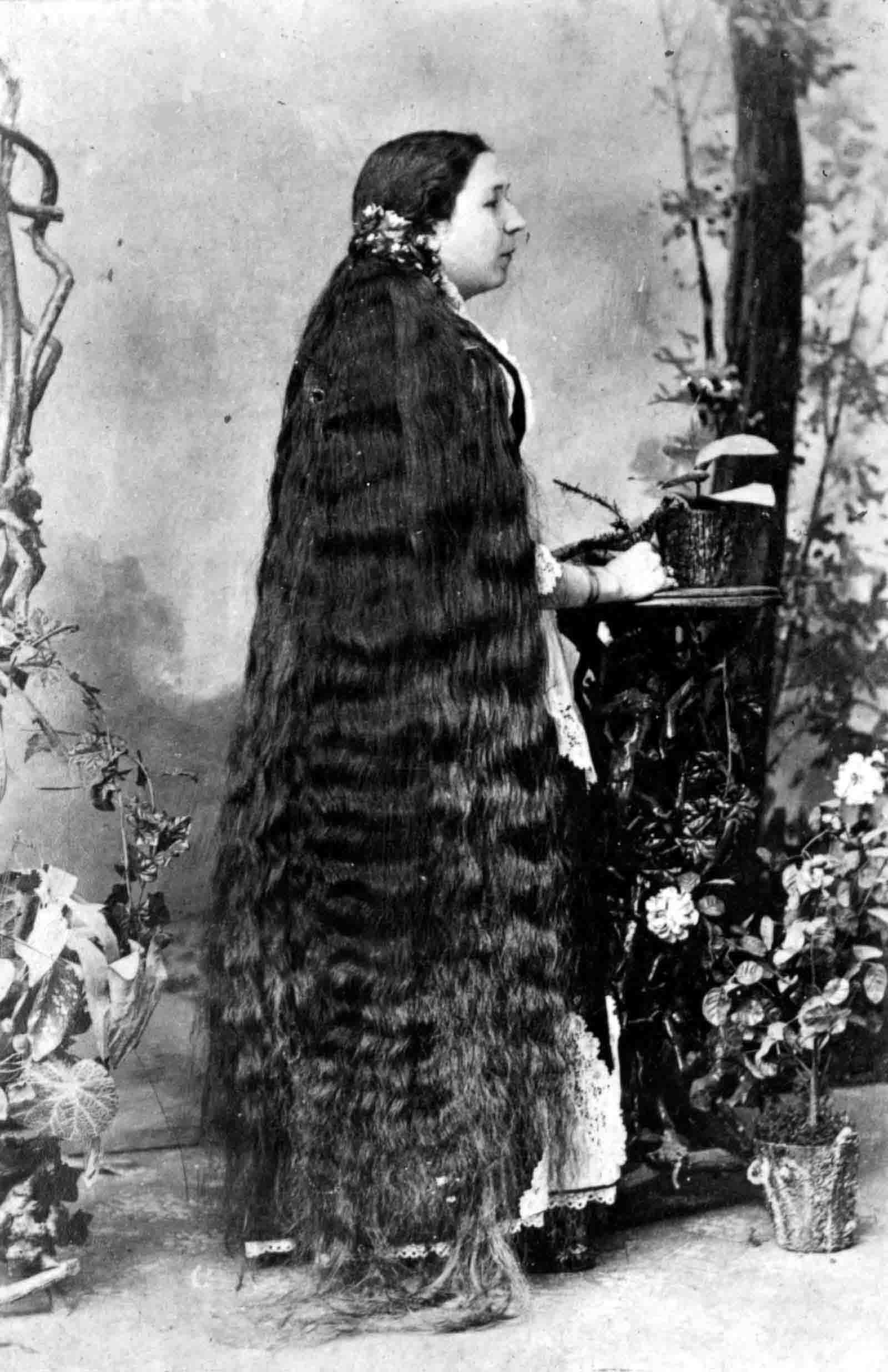
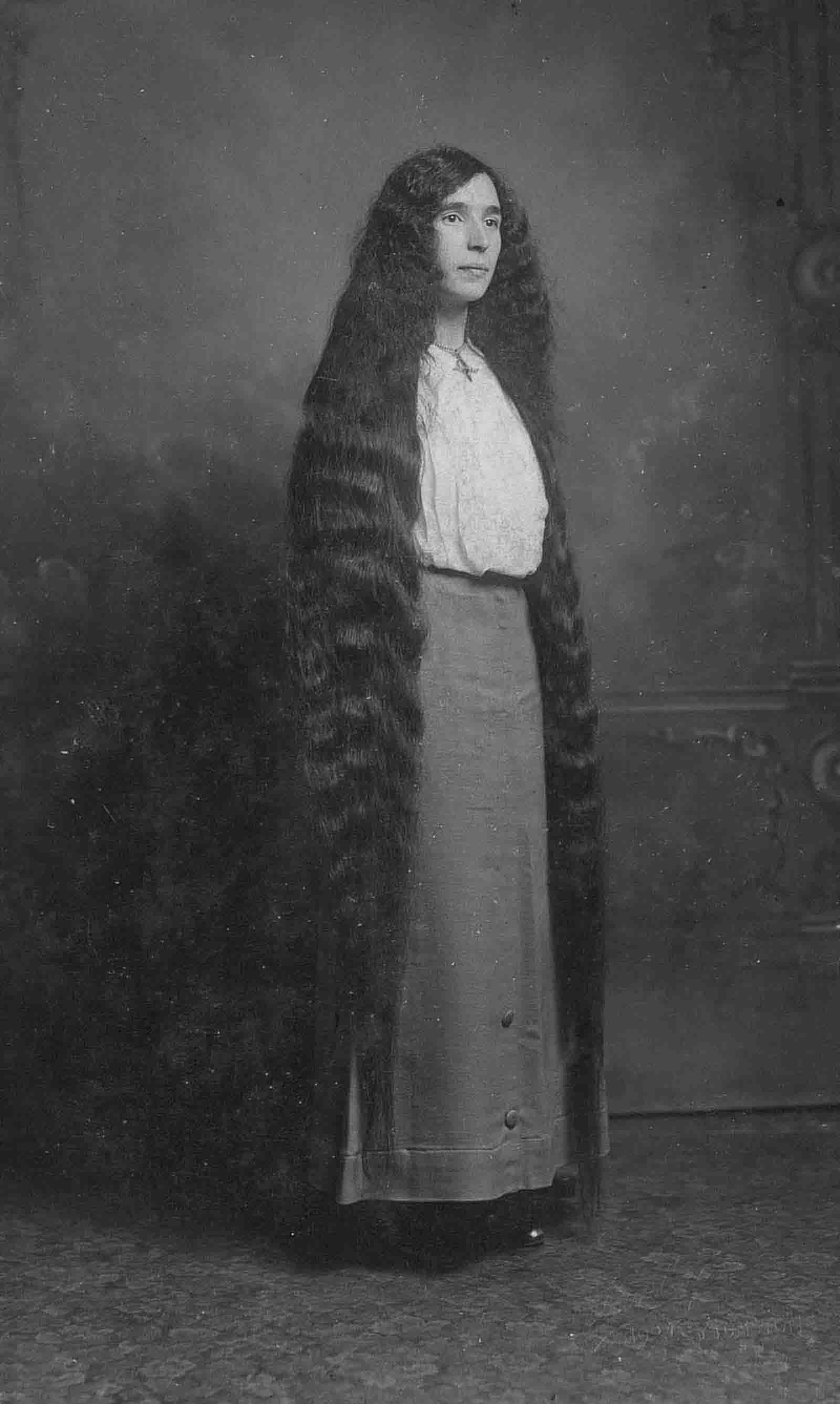
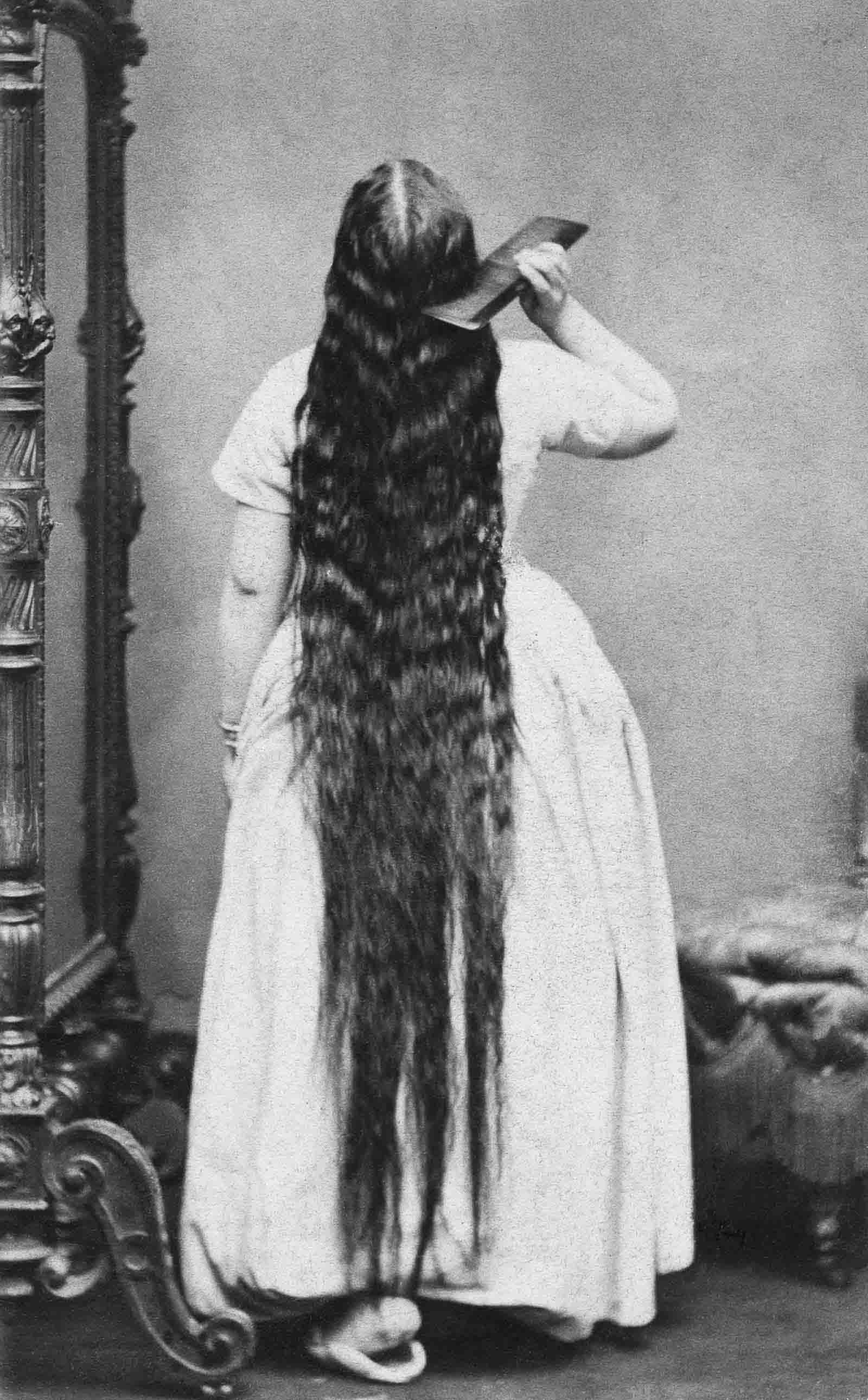

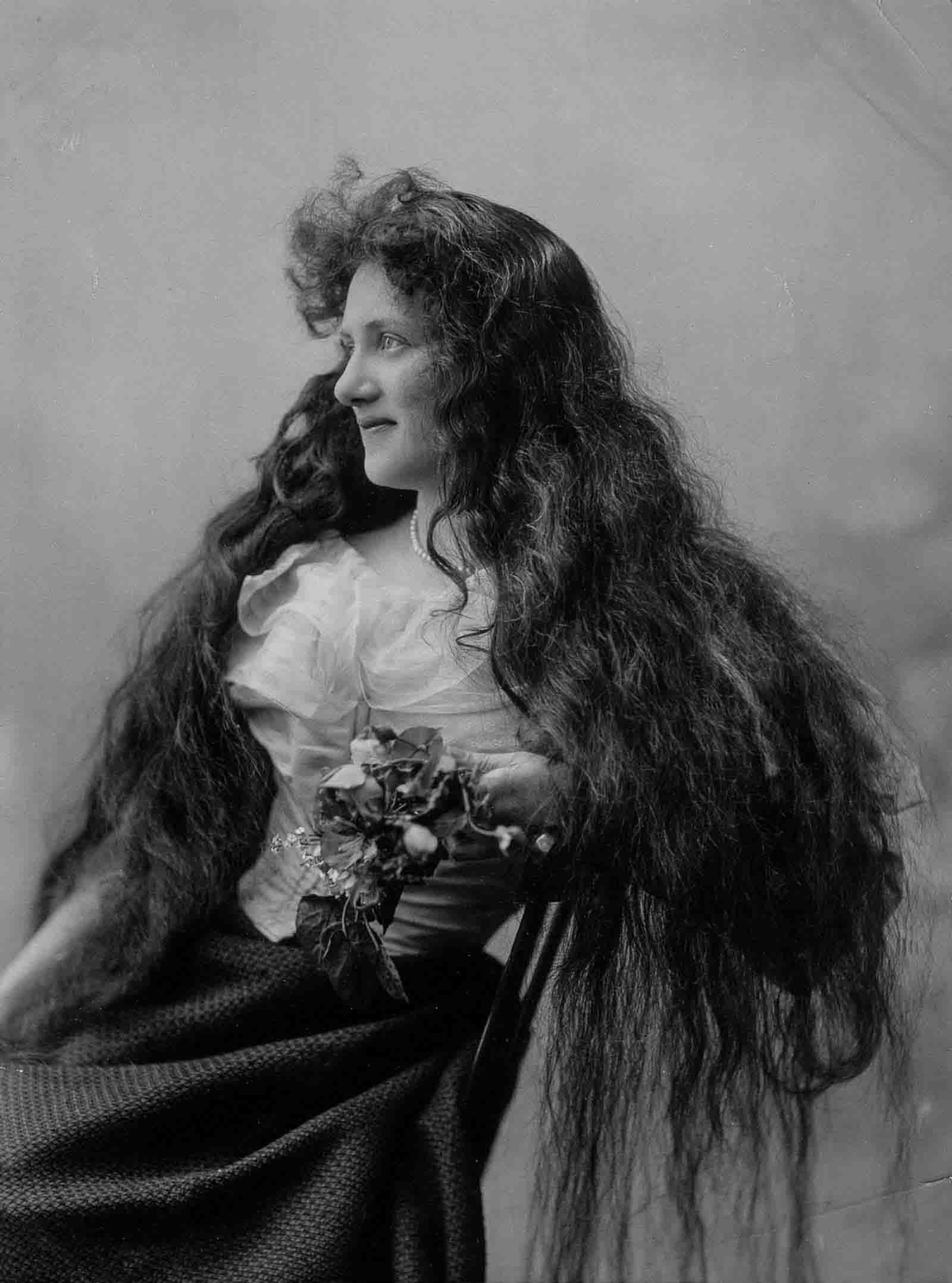
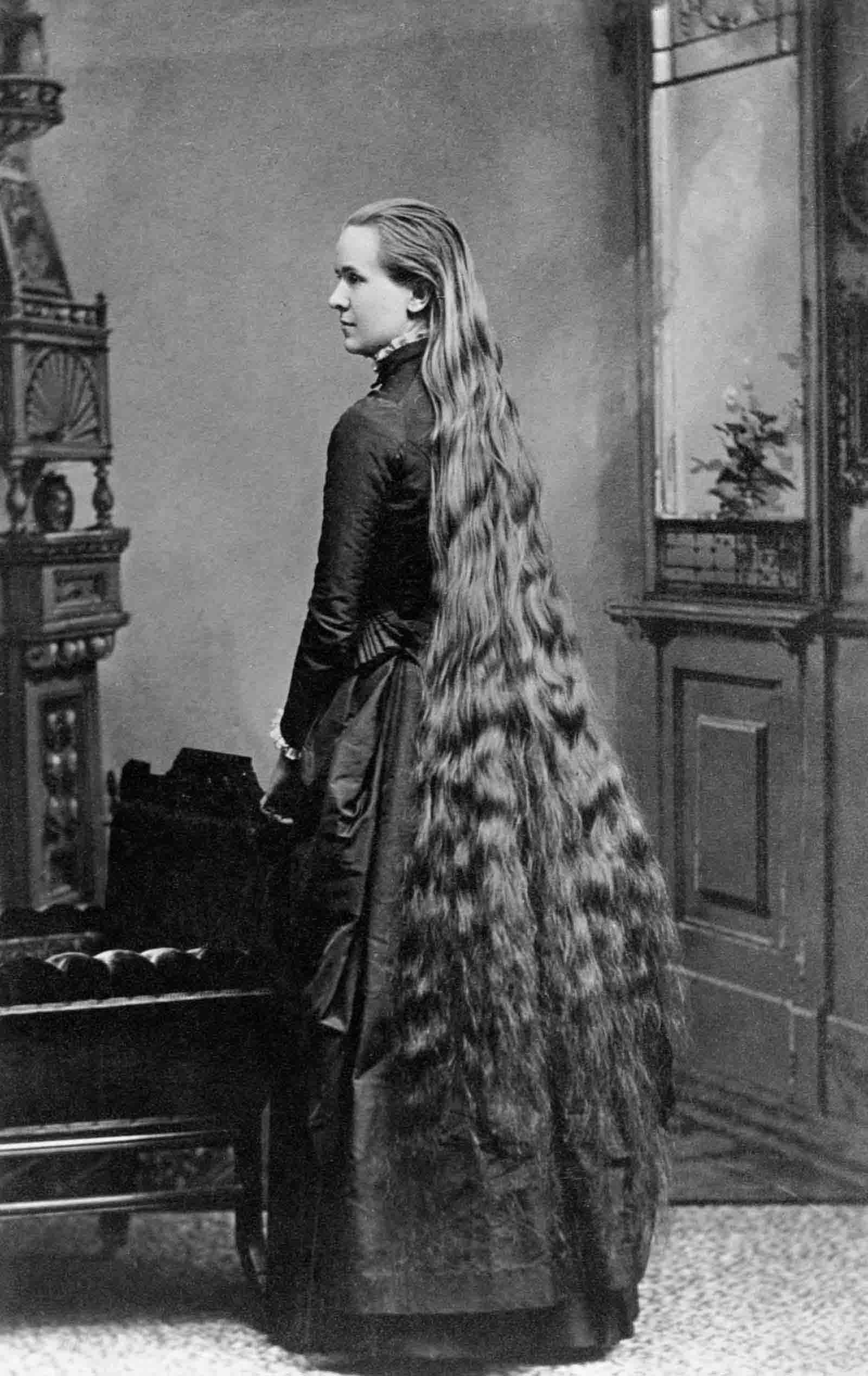

Rev. Fletcher Sutherland and his daughters, the Seven Sutherland Sisters. 1900.

The Seven Sutherland Sisters. 1885.


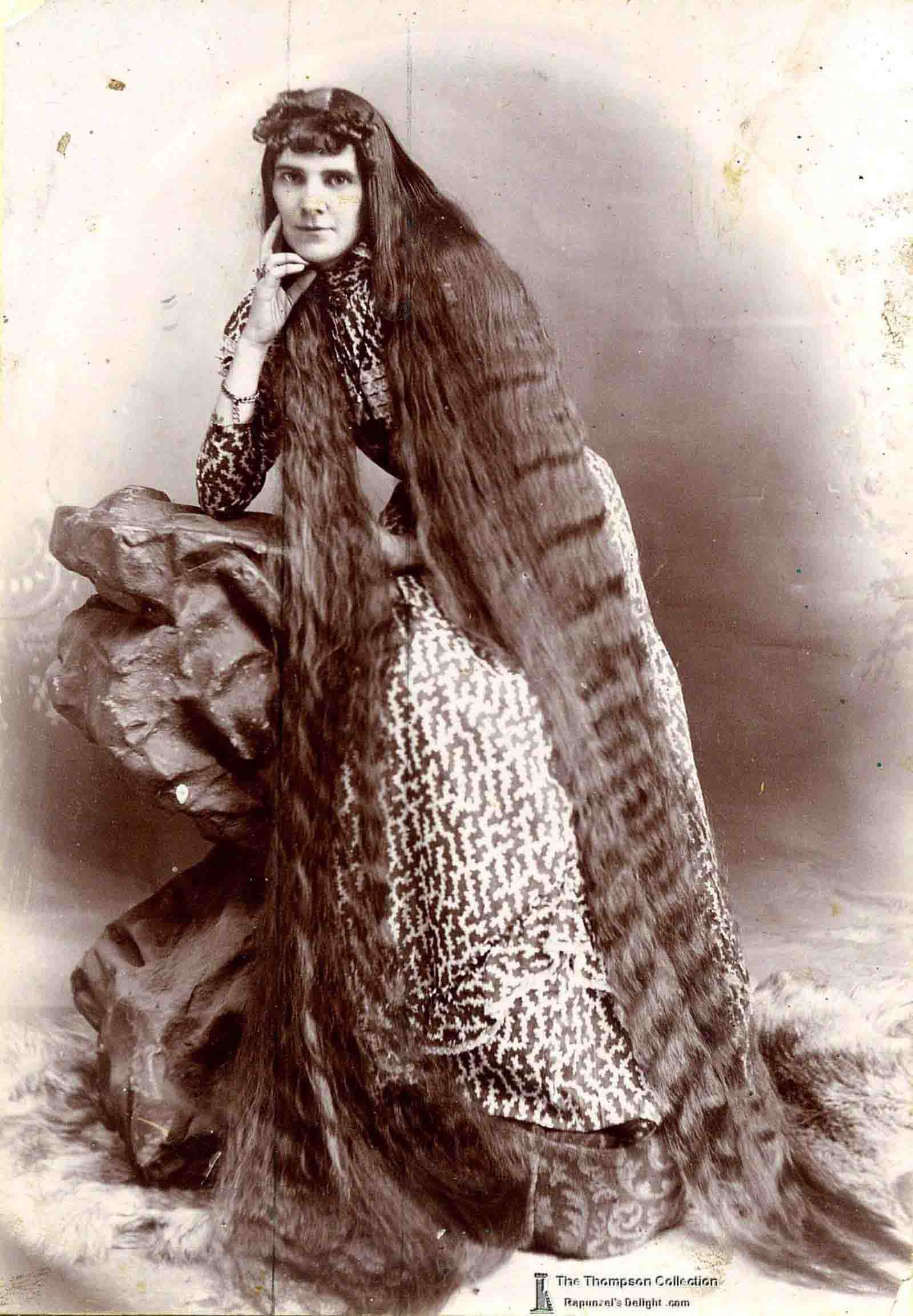


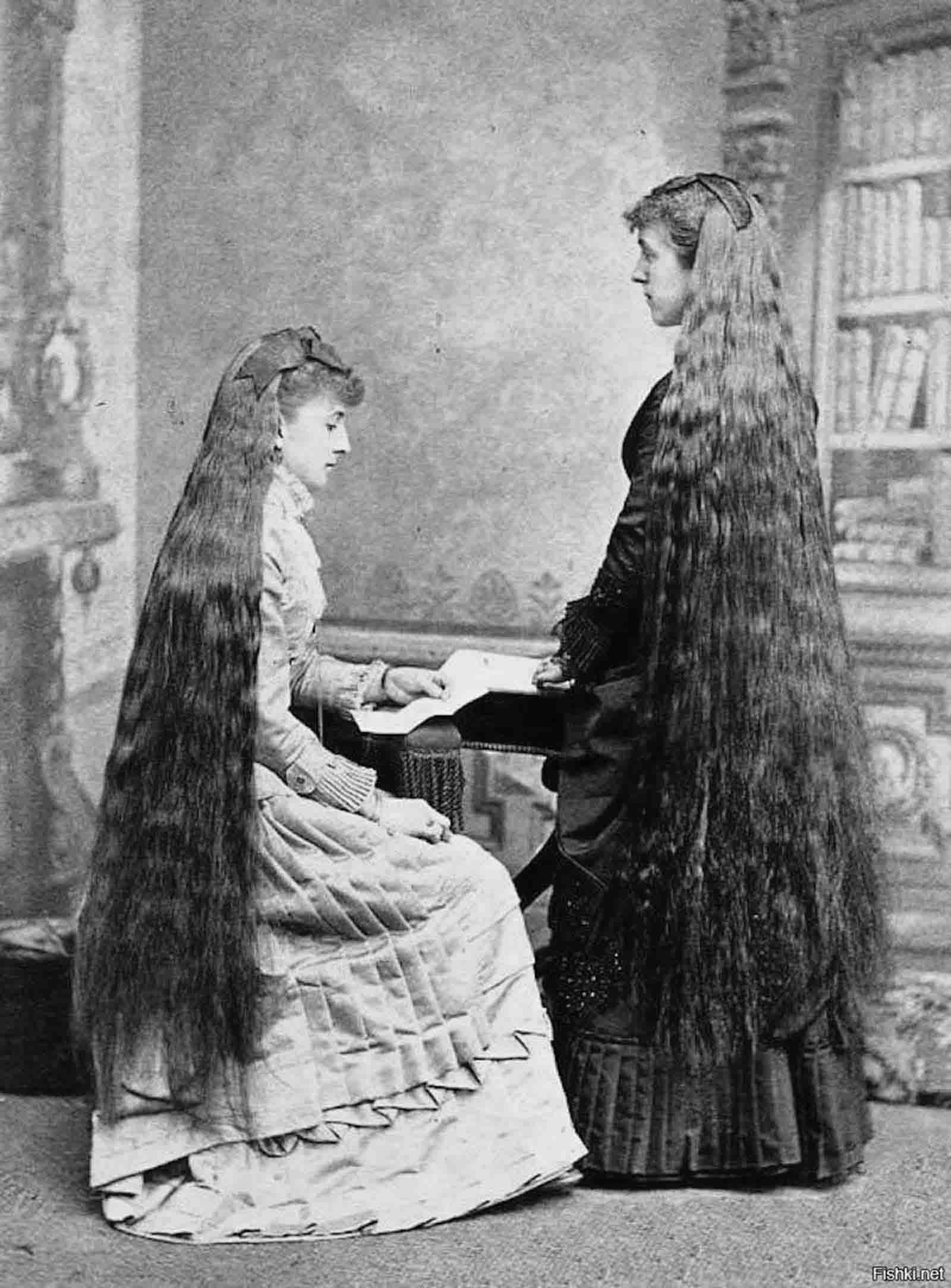
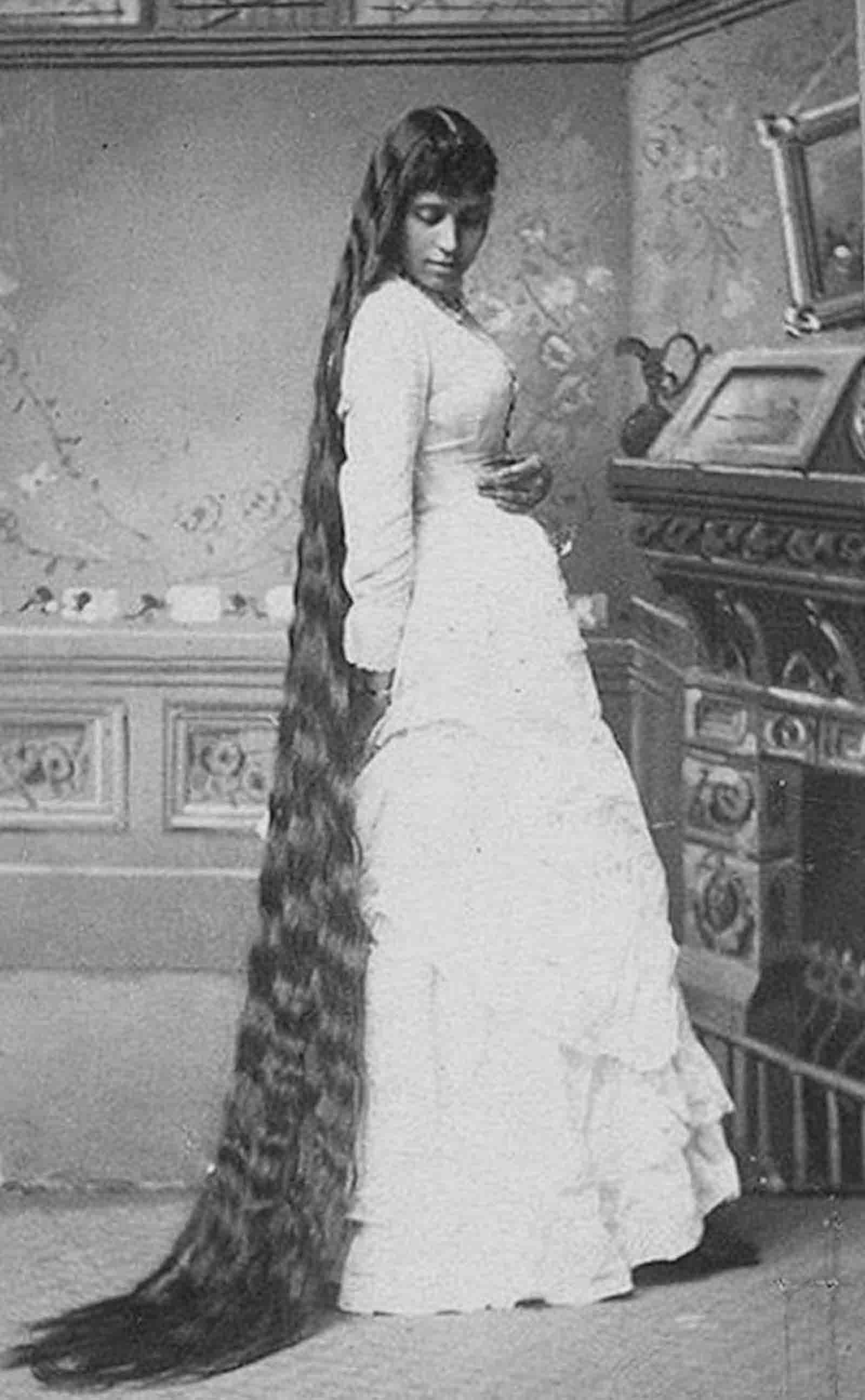
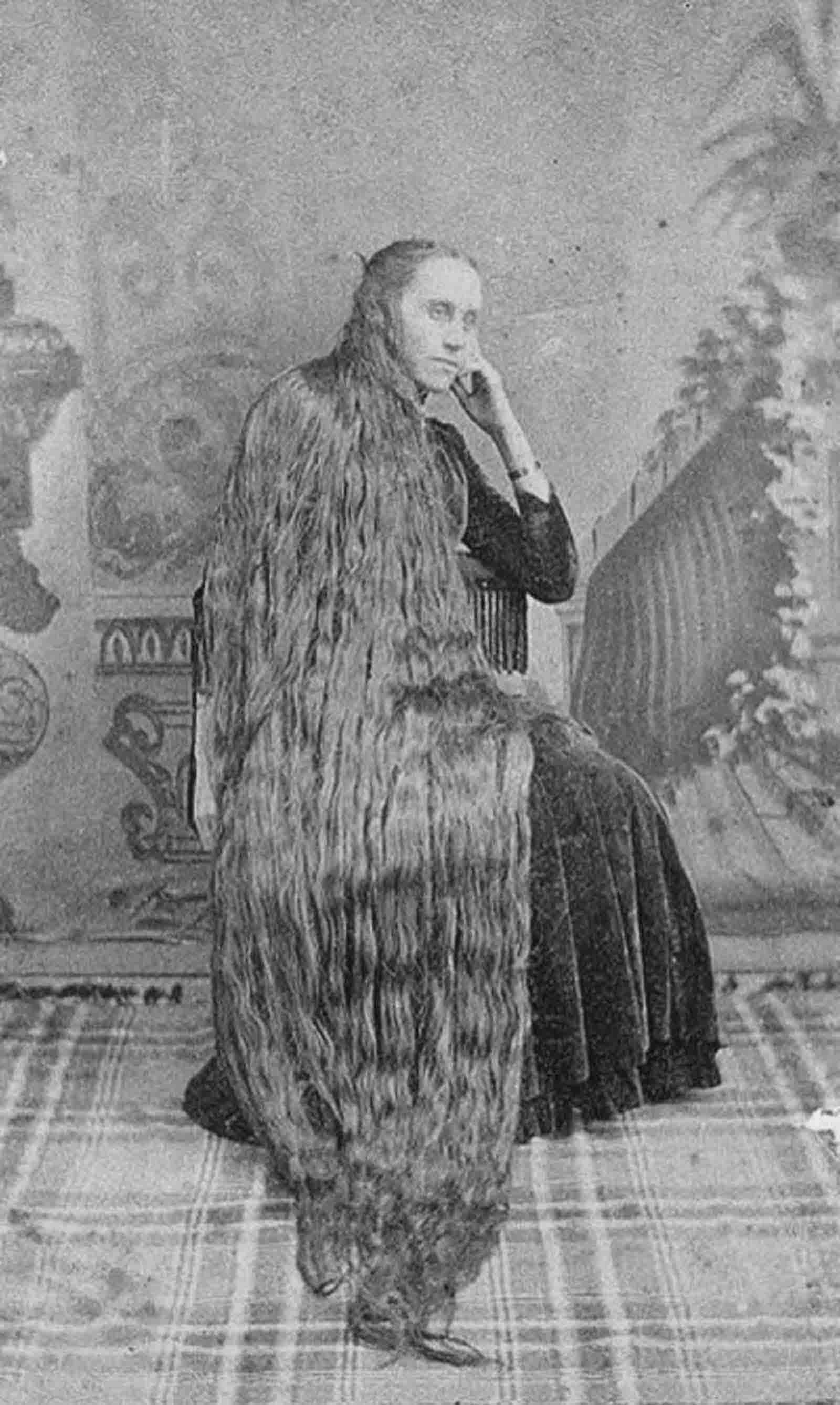

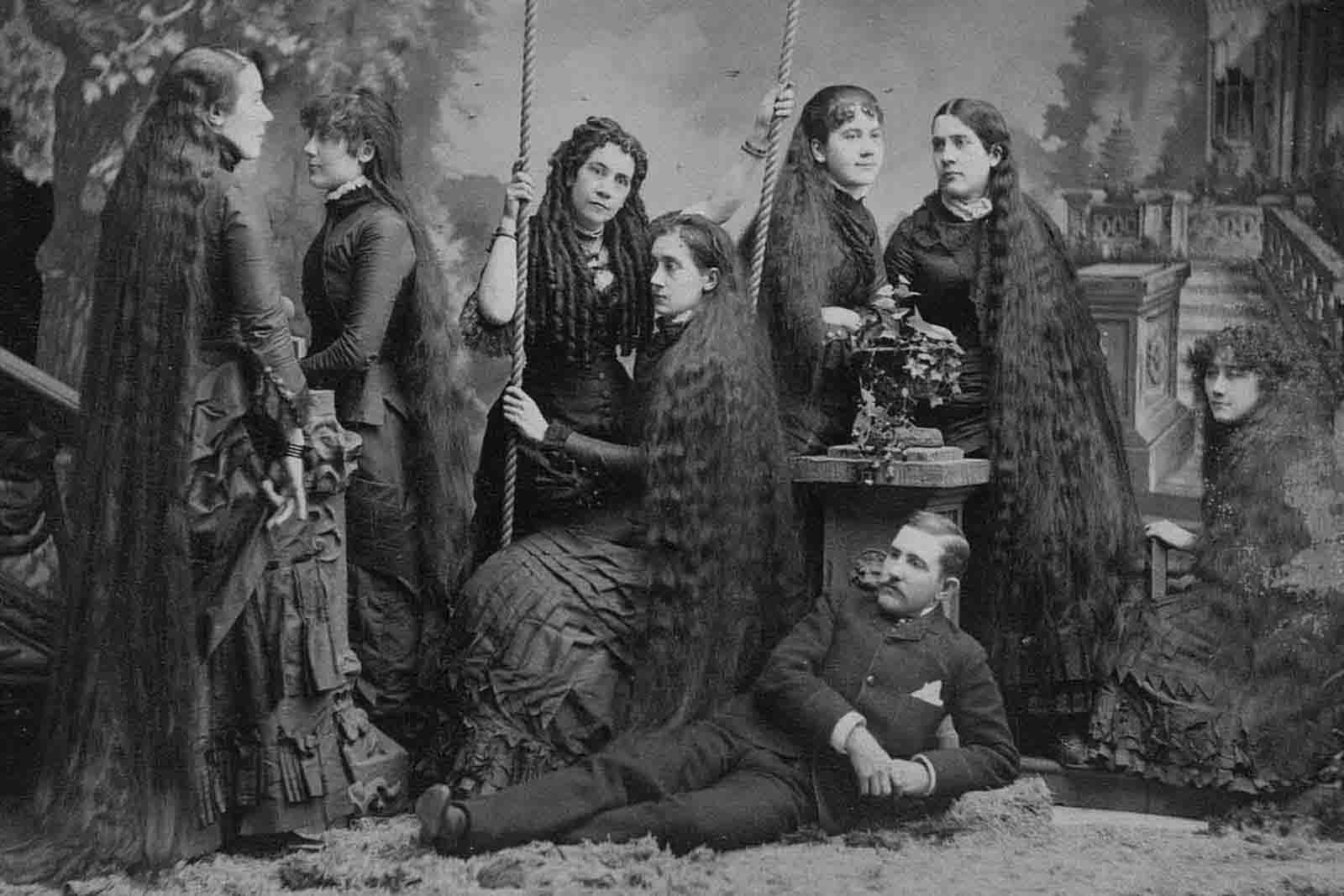

(Photo credit: London Stereoscopic Company / Library of Congress).
Updated on: September 26, 2022
Any factual error or typo? Let us know.



